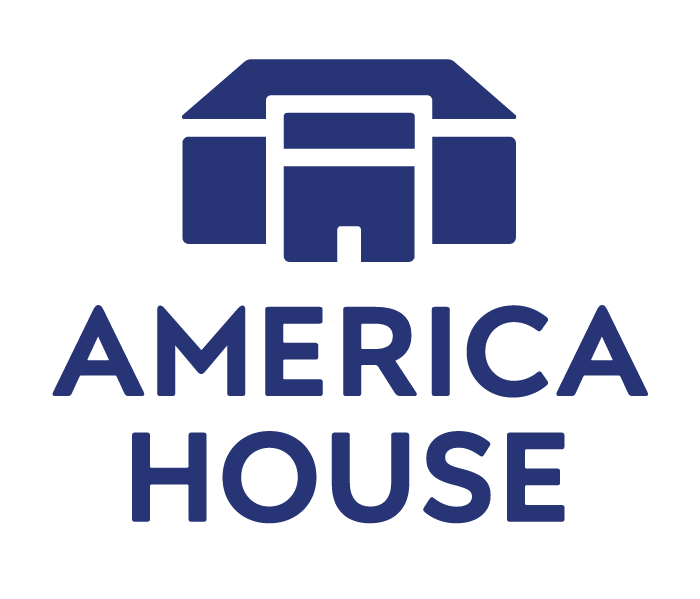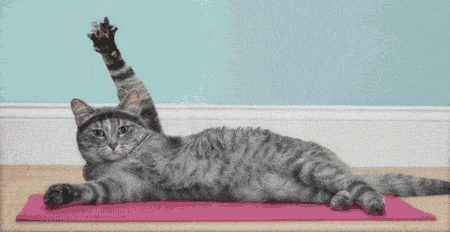The Process of Creative Iteration
What makes a good writer? In some ways, being a good storyteller makes a good writer. However, especially when writing in English, technical writing proficiency also plays an important role in conveying the information you wish to convey. Writing technical papers or a thesis or a child’s storybook all require a different skill set in that regard. But, simple spelling, punctuation and syntax rules apply universally to all writing.
From where does a writer draw inspiration for their writings? That’s a good question. Inspiration comes from many places, depending on the thought process of the writer and what it is the writer is intent on writing about. But, generally speaking, inspiration can be outlined through the creative process.
What is the creative process? There are several variants of what can be termed as the “creative process”. That is, there are as many variants of the creative process as there are people who want to explain it to you. However, for me, the author, personally, the creative process consists of three core pivot points: ideation, collaboration, and iteration, in that order. This is the creative process presented me when I was a graduate level architecture student many years ago. I had a paper (not digital, what horror!) handout that was given to us that outlined this creative process in greater detail including subsets of these main ideas. If I could get ahold of the instructor, who is no longer teaching, or my colleagues, none of which I have kept in touch with, I’d post it up here for audience perusal. But, for now, my memory will have to suffice.
What is ideation? Ideation is the concept of sitting down and thinking about what it is you’re going to write, in this case. It also applies to creative projects such as model building or plan drafting, such as in an architectural setting.
There are many subset activities within the main supersets ideation, collaboration and iteration processes, and they at times must all be explored during the creative process. Such activities include, but are not limited to:
IDEATION
Sit down, quietly ruminate about whatever it is you wish to write about. Get a picture in your head of whatever it is you wish to express. Form questions and develop answers to those questions.
Do something else. Get this project out of your mind. Play tennis, go do something that requires a complete diversion of your attention. When you have this writing project out of your mind, it is giving your mind a break. It is relieving some stress associated with the project. Physical activity provides balance to the mind and body. When you go back to work on the writing project, you will be in a different mindset than you were prior.
Get enough sleep. This allows for a reboot of your mind and also allows for the highest level of mental stamina in the morning.
COLLABORATION
In an architectural setting, this would involve studio collaboration with colleagues. In a writing setting, this sometimes involves collaborating with subjects of your research study or colleagues that are collaborating with writing whatever it is you are writing.
Bounce ideas off people. Be open to their responses.
Consult written materials and other such articles for research.
Take notes.
ITERATION
When all else fails, iterate. Sometimes reverting to the ideation phase clears writers block, other times forcing oneself to iterate is what is needed to clear the writers block. Don’t worry so much about what is being iterated, so long as it is constructive towards your end of contributing to what will eventually become your final work.
Work through the morning, the day, and well into the night….and into the morning again. Focus intently on the project at hand and build or write as necessary. This will establish the groundwork for your final design, or final writings. Do not worry about the errors that may be made at this point. You may throw away the entire project once or more than once. The point is that if you throw away your project and start again, you know where you’ve been, so you have a better idea of the final direction you want to go.
Other days, iterate periodically, putting it down, coming back to it, putting it down again.
Outline, if you wish. I abhor outlining, but outlining can be as simple as creating a table of contents. In the military, outlining was done by the command, in some cases, and was termed by my commanding officer “giving you the Christmas tree”. It was the enlisted staff’s job to “ornament the tree” and prepare it for final presentation. If you think of this as unnecessary, skip the outlining (at least at first) and iterate (create, write) however you are driven to do so.
The processes outlined above are not linear and should not be construed to mean that the writer or creator should follow these steps in any particular order. When properly synthesized, the individual will find that they often skip between all steps during all phases of the project.
What’s interesting about the creative process, as you will see from the illustrations here, is that there are many different ways of outlining said creative process. Also, there are different creative processes that work better for different activities which are outside of the scope of this blog post, but it should be remembered that one should keep an open mind to these alternate creative processes when engaging in activities that may require them. However, since it’s quite difficult to remember the minutiae of all of the steps listed in these various processes illustrated, and since many of the smaller steps listed tend to be automatic and intuitive to the overall process itself, start by building on the simplified process within the three main supersets as I’ve outlined above and it will help ingrain a basic structure to your creative writing or whatever work of creativity in which you happen to be engaged.
Vocabulary:
Pivot Points: In this case, central ideas around which other ideas are built.
Ideation: The process of creating ideas.
Iteration: The process of creating, in this case we are talking about writing.
Perusal: To review or examine.
Suffice: Enough.
Ruminate: To think deeply or intently.
Diversion: The aversion of one’s attention.
Abhor: Strongly dislike.
Minutiae: Small details.
Ingrain: To firmly establish.
ABOUT THE AUTHOR
Nicholas Chudolij is graduate student within American Public University's Space Studies faculty, Astronomy track. Nicholas loves traveling, fishing, competitive marksmanship and playing the flute.










